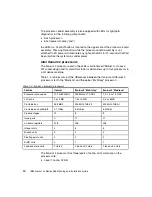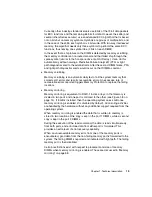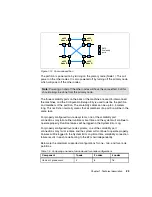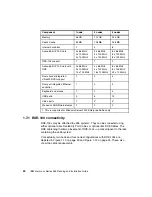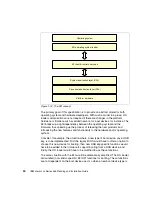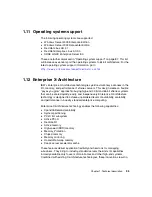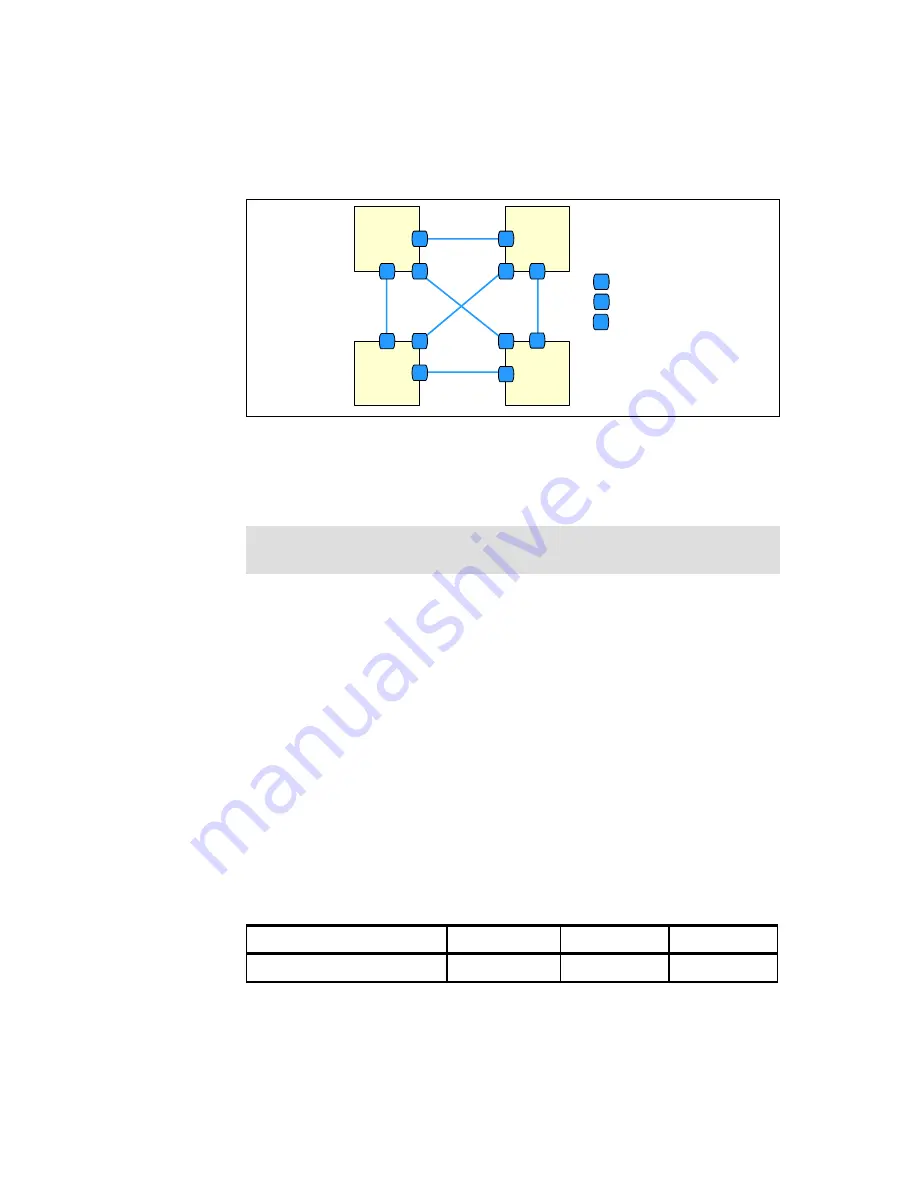
Chapter 1. Technical description
23
Figure 1-12 Four-node partition
The partition is powered on by turning on the primary node (Node 1). This will
power on the other nodes. It is also powered off by turning off the primary node,
which will power off the other nodes.
The three scalability ports on the back of the machine are used to interconnect
the machines, and the Configuration/Setup utility is used to define the partition
and members of the partition. The scalability cables can be up to 3.5 meters
long. This restriction normally means that all members of a partition will be in the
same rack.
For properly configured two-node systems, one of the scalability port
connections may fail at either runtime or boot time and the system will continue to
operate properly. Runtime failures will be logged in the System Error Log.
For properly configured four-node systems, one of the scalability port
connections may fail at runtime and the system will continue to operate properly.
Failures will be logged in the System Error Log. Boot time scalability connection
failure results in each node booting to the EFI shell independently.
Below are the maximum supported configurations for one-, two- and four-node
partitions.
Table 1-5 Comparing one-node, two-node and four-node configurations
Note: Powering on and off the other nodes will have the same effect, but this
should always be done from the primary node.
Component
1 node
2 nodes
4 nodes
Itanium 2 processors
4
8
16
x455
Node A
x455
Node C
x455
Node B
x455
Node D
1
3
2
3
2
1
2
3
2
3
1
1
1
2
3
SMP
Scalability
ports
Summary of Contents for 88553RX
Page 2: ......
Page 214: ...200 IBM Eserver xSeries 455 Planning and Installation Guide Figure 5 14 Connect to the x455...
Page 228: ...214 IBM Eserver xSeries 455 Planning and Installation Guide...
Page 229: ...IBM Eserver xSeries 455 Planning and Installation Guide...
Page 230: ......
Page 231: ......


